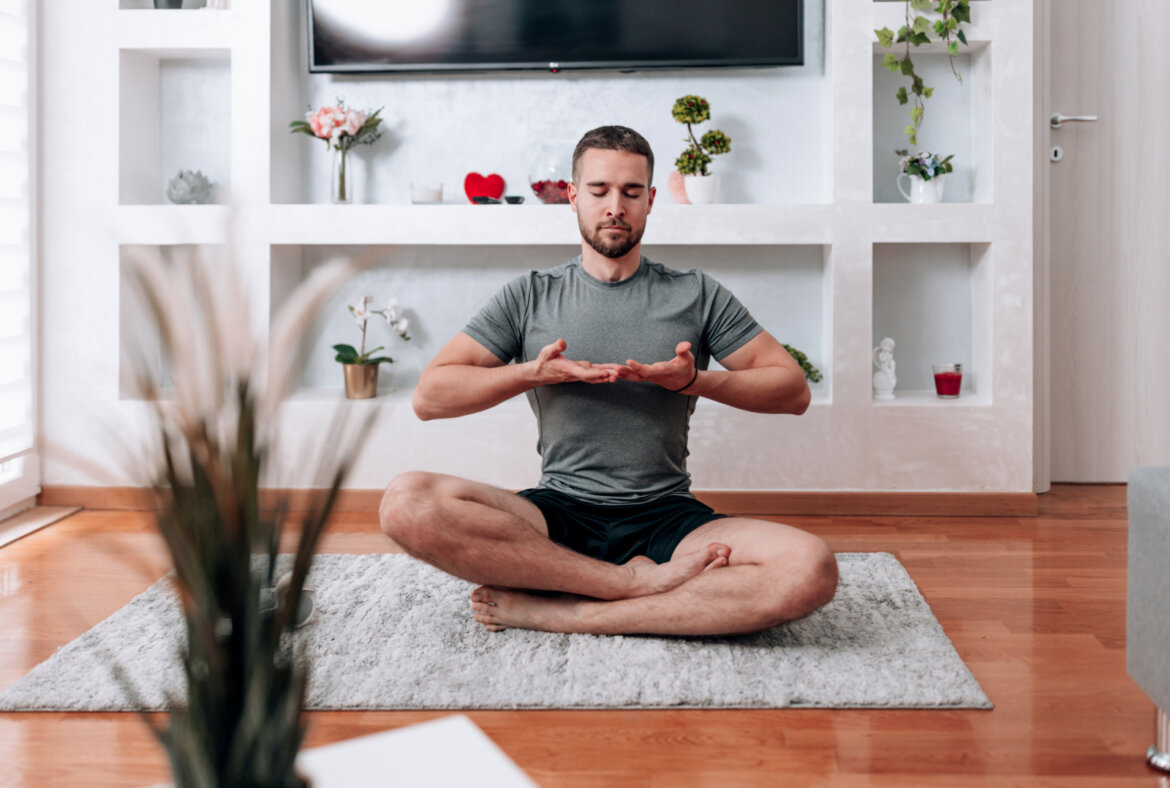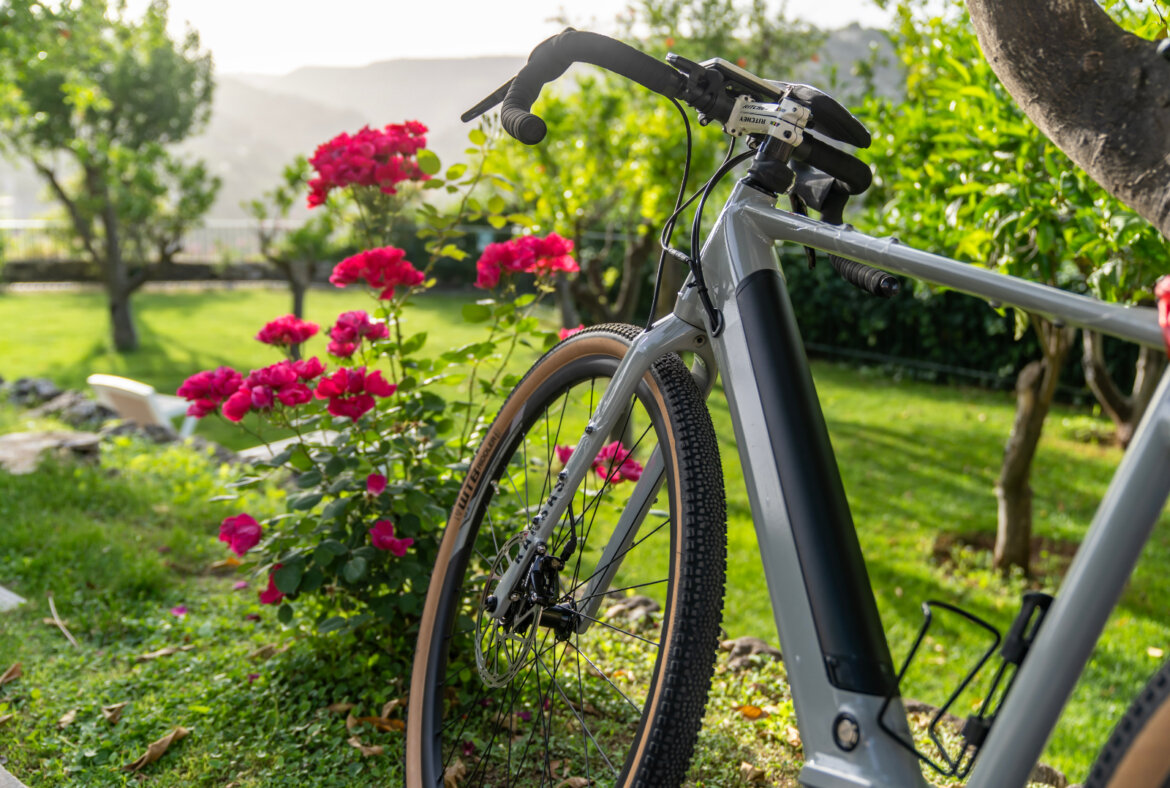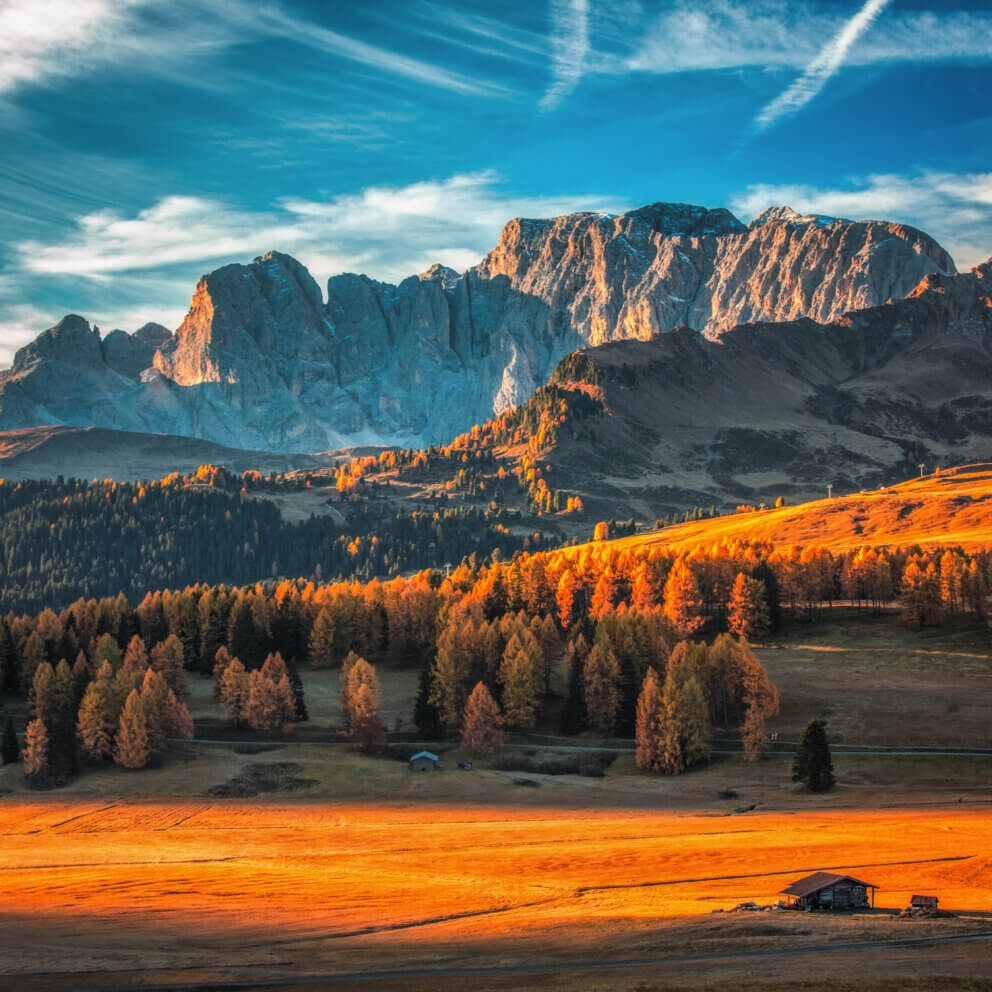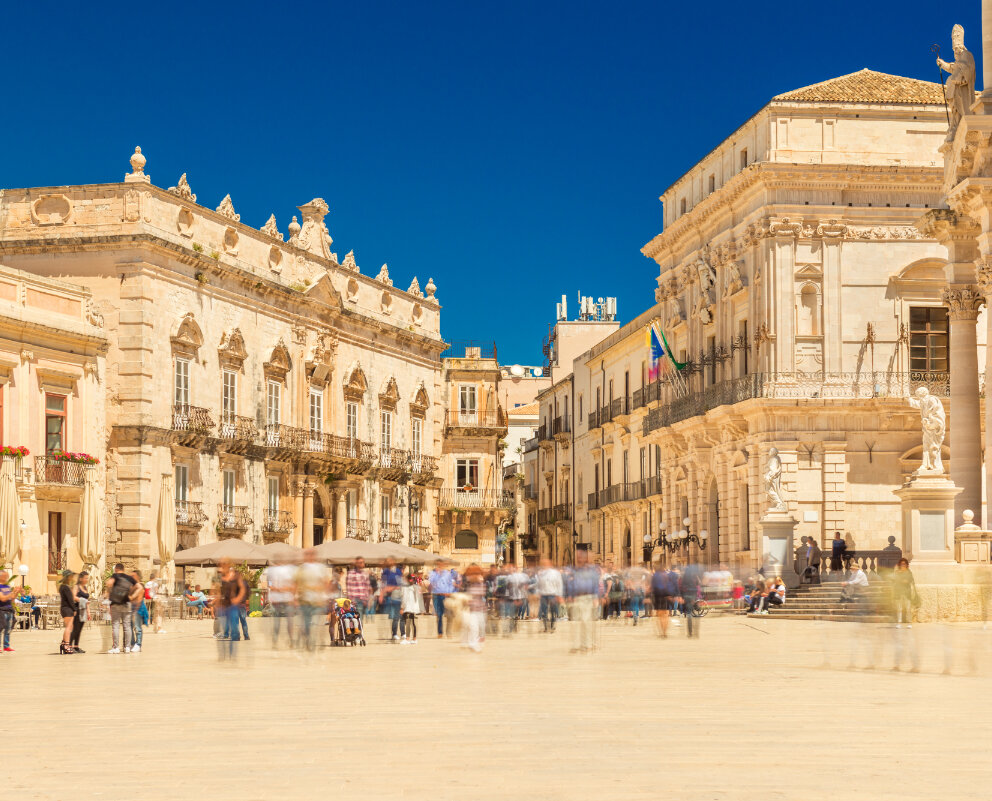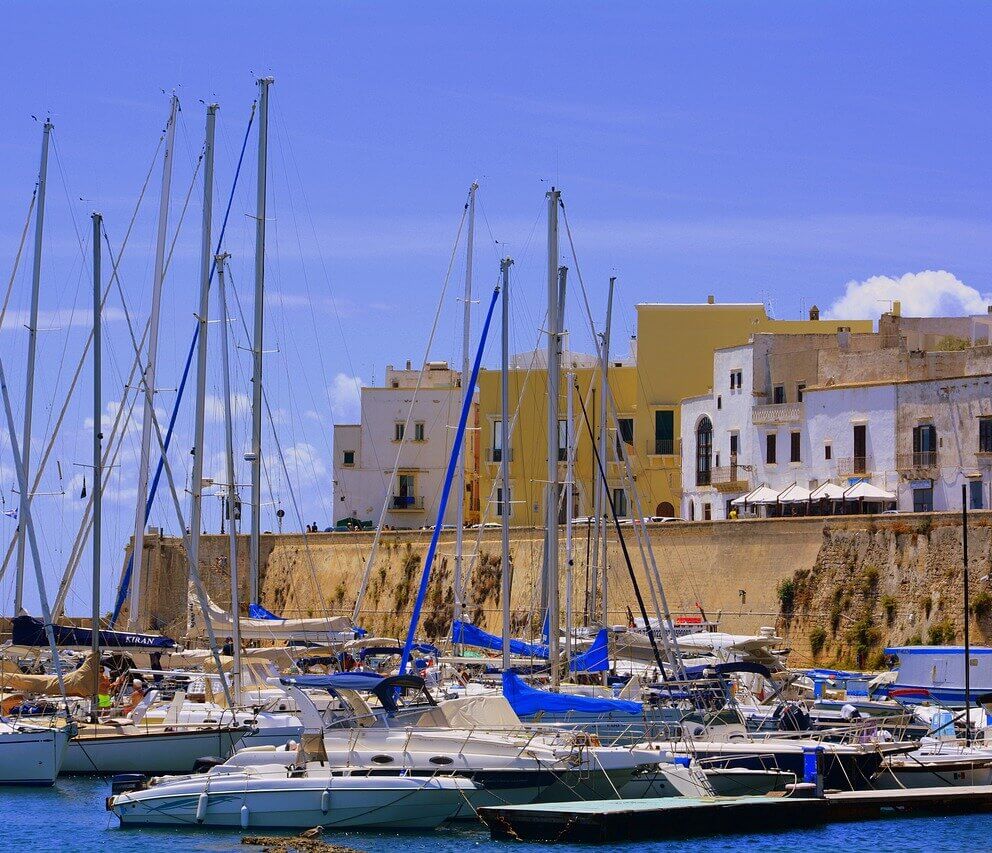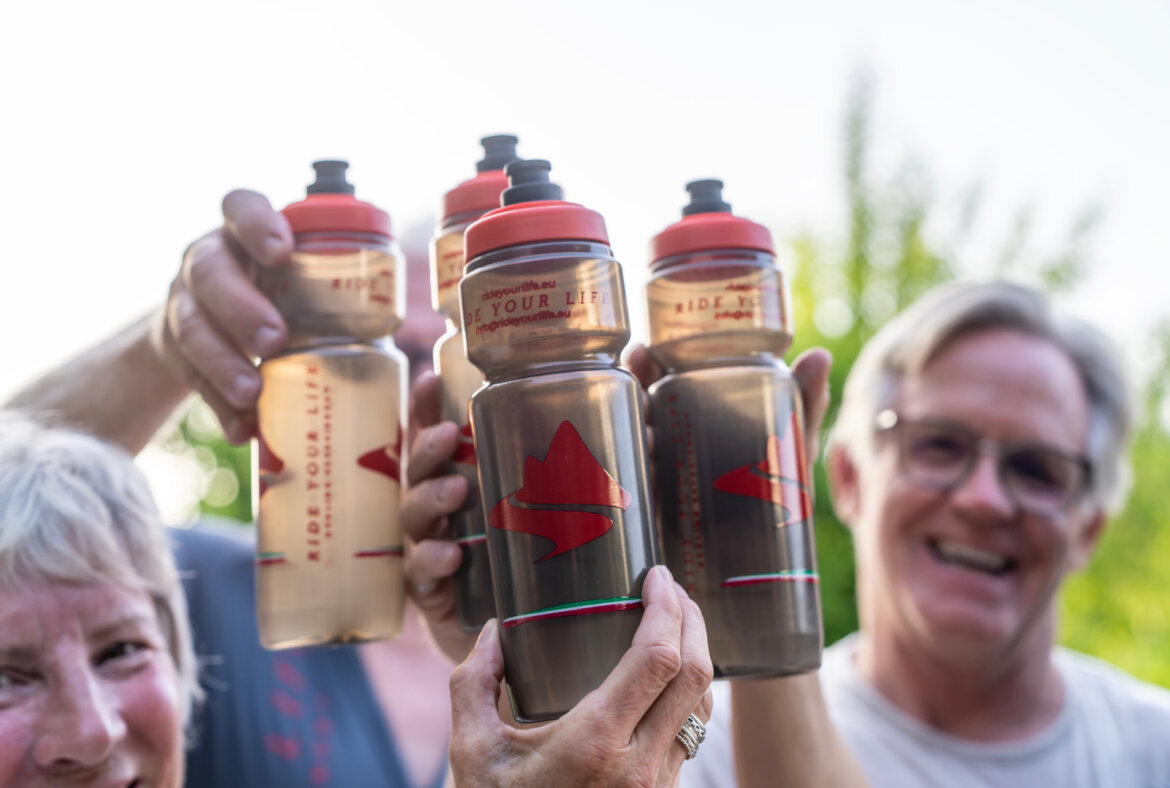Continue reading “Diaphragmatic breathing exercises to enhance your ride”

Category: Wellbeing
The power of cycling for anxiety: transforming stress into mindfulness
Cycling is more than just a way to keep fit; it’s a powerful tool for managing anxiety and stress. By transforming your bike rides into mindful experiences, you can tap into the therapeutic benefits of cycling, helping you reduce anxiety and achieve a state of calm. This article explores how you can use cycling to enhance your mental well-being and turn stress into mindfulness.
The connection between cycling and anxiety relief
Physical activity is widely recognized for its ability to reduce anxiety. Cycling, in particular, can combine the benefits of exercise with the soothing effects of nature, making it an ideal activity for stress relief. Studies have shown that regular physical exercise can lower cortisol levels, the hormone associated with stress, and increase endorphins, which promote a feeling of well-being.
The power of cycling for anxiety: mindfulness on two wheels
Cycling offers a unique opportunity to practice mindfulness—a mental state achieved by focusing one’s awareness on the present moment. As you pedal, you can immerse yourself in the rhythm of your breath, the sensation of the wind against your skin, and the sights and sounds around you. This focus on the present moment can help quiet the mind and reduce anxious thoughts.
Practical tips for transforming your rides into mindful experiences
Transforming your cycling routine into a mindful practice requires deliberate actions and a focused mindset. Here are some in-depth tips to help you make the most of your rides.
1. Set an intention before you ride
Before you start your ride, take a moment to set an intention. This could be something as simple as “I want to be fully present during this ride” or “I will focus on my breath and surroundings.” Setting an intention helps ground your thoughts and prepares your mind to embrace the mindfulness practice during your ride.
2. Embrace the concept of otium
Take inspiration from the ancient Romans, who valued two contrasting concepts: otium and negotium.
Otium (a Latin word meaning “leisure”) was a time dedicated to restful and enriching activities that nurtured the mind, body, and soul, such as studying, reflecting, and connecting with nature. In contrast, negotium (meaning “business” or “work”) represented the busy, often stressful demands of daily life, filled with meetings, trade, and other obligations.
By viewing your cycling time as otium, you can transform it into a sacred space for mental rejuvenation, clearly separated from the chaotic and stressful aspects of your daily routine, or negotium. This approach allows you to prioritize your mental well-being and create a distinct boundary between your ride and the pressures of everyday life.
3. Engage all your senses
Mindfulness is about being fully present, and one of the best ways to achieve this is by engaging all your senses. Notice the colors of the landscape, the sound of your tires on the road, the rhythm of your breath, and the feeling of your muscles working.
By focusing on these sensations, you can anchor yourself in the present moment and prevent your mind from wandering into anxious thoughts.
4. Practice breathing techniques
Your breath is a powerful tool for mindfulness. While cycling, try to synchronize your breathing with your pedal strokes. For instance, inhale deeply for four strokes, hold your breath for two, and then exhale for another four strokes. This rhythmic breathing not only enhances your physical performance but also calms your mind, reducing anxiety.
5. Harness the power of the wise mind
The concept of the wise mind, introduced by American psychotherapist Marsha M. Linehan, refers to the integration of the rational and emotional aspects of the mind. While cycling, allow your rational mind to observe and analyze your environment logically, while also giving space to your emotional mind to feel the joy, excitement, or even the release of stress.
This balanced approach can lead to moments of deep insight and clarity, the “aha” moments, where your wise mind guides you toward a new understanding or solution to a problem.
6. Create a distraction-free environment
To fully immerse yourself in the mindfulness experience, it’s crucial to eliminate distractions. This means turning off your phone or keeping it on silent, only using it for emergencies. The constant interruption of notifications can pull you out of the present moment, disrupting the mental space you’re trying to cultivate. By minimizing these distractions, you can focus on the pure pleasure of cycling and the mental clarity it brings.
7. Reflect on your ride
After your ride, take a few minutes to reflect on your experience. Consider how your body feels, what thoughts came to you, and how your mood has shifted. This reflection helps solidify the mindfulness practice and allows you to carry the calm and insights gained into the rest of your day.
Personal growth and mental wellbeing through cycling
Cycling can be a transformative experience that contributes to personal growth and mental well-being. By embracing mindful cycling, you create a space where the rational and emotional minds can converge, allowing for deeper self-understanding and emotional balance. This practice not only helps in managing anxiety but also fosters personal growth, as the insights gained during your rides can influence your approach to life’s challenges.
Incorporating Yoga for a holistic experience
For those looking to deepen their mindfulness practice, integrating yoga with cycling can provide a more holistic approach to mental well-being. Ride Your Life offers specialized tours that combine the physical benefits of cycling with the mental and spiritual enrichment of yoga. For example, the Balance & Bike – A Mindful Cycling Retreat is held at a Sicilian agriturismo, allowing you to immerse yourself in a serene environment while balancing physical activity with mindfulness practices. Alternatively, the Dolomites Cycling & Wellness Retreat takes you through the breathtaking landscapes of the Dolomites, combining challenging rides with restorative yoga sessions.
Both tours are designed to help you connect more deeply with yourself and the natural world around you, offering a comprehensive experience that nurtures both body and mind. By combining these two disciplines, you can enhance your ability to stay present, reduce stress, and achieve a balanced state of well-being.
The power of cycling for anxiety: conclusion
Cycling is not just a physical activity; it’s a pathway to mental clarity and stress relief. By embracing mindful cycling, you can transform your rides into powerful tools for managing anxiety and fostering a deeper connection with yourself and the world around you. So, next time you embark on a cycling tour, remember to pedal with mindfulness and let the stress melt away.
Discover your next adventure: explore our tours
Beyond the Climb. A Ride Your Life Dolomites Cycling Experience
Disconnect from the noise. Reconnect with yourself. Ride the mountains, and let the journey move you, inside and out.
Dolomites Training Camp
Whether you're new to cycling or a seasoned racer, our Ride Your Life Dolomites Training Camp in Italy's stunning Alta Badia and Val Gardena offers the perfect blend of expert training, cozy accommodations, and delicious local cuisine. Improve your technique and nutrition while enjoying massage facilities and the local culture. Elevate your cycling skills in…
Puglia Bike Tour
An easy bike trip in Puglia where sun, sea, great cousine and relaxation beautifully mix.
Piedmont Bike Trip
Piedmont bike trip through vineyards, small villages and the Langhe hills.
Cycling recovery drink: benefits and easy homemade recipe
Staying hydrated during a bike ride is crucial. While water is sufficient for basic hydration, a cycling recovery drink replenishes essential sugars and minerals lost during exercise. Ignoring this can compromise your performance at any level, increase the feeling of tiredness, limit training gains, and prolong the recovery process.
With the human body composed of approximately 60% water, it should be no surprise that you need to keep it topped up with fluids to perform optimally. While the market offers high-quality recovery drinks, we are going to share a simple recipe for a homemade cycling recovery drink.
Why hydration matters
Studies reveal that even minimal fluid losses can significantly impact your cycling performance. Even a 2% drop in body weight due to sweating can noticeably impair performance.
Sometimes you see beginners who want to lose weight, punishing themselves by running under the sun in non-breathable clothing, like rain jackets. Don’t do this! Not only do you risk heat stroke, but you also won’t achieve your weight loss goal. Any weight loss immediately after the session will only be due to precious fluids lost.
Monitoring hydration
Weigh yourself daily; if you’re already lean, significant sudden drops in weight likely indicate a need to increase fluid intake. You can also monitor the color of your urine: it should be pale or transparent. If it’s any darker, you need to drink more.
Daily drinking
Before considering what, when, and how much to drink on the bike, ensure you stay well-hydrated all the time. This will make maintaining optimal hydration levels while riding much easier. Monitor your hydration levels and aim to drink 2-3 liters of fluids a day, whether you’re riding or not. Fruit and vegetable juices, sports drinks, water, and tea all count towards this target.
What about before a ride?
If you are well hydrated, there is no need to drink excessively the 5 night before or in the hours leading up to a ride. Drinking too much will only guarantee early and frequent “comfort breaks”. In the two hours leading up to a long ride, sip on 500-750 ml of an electrolyte drink.
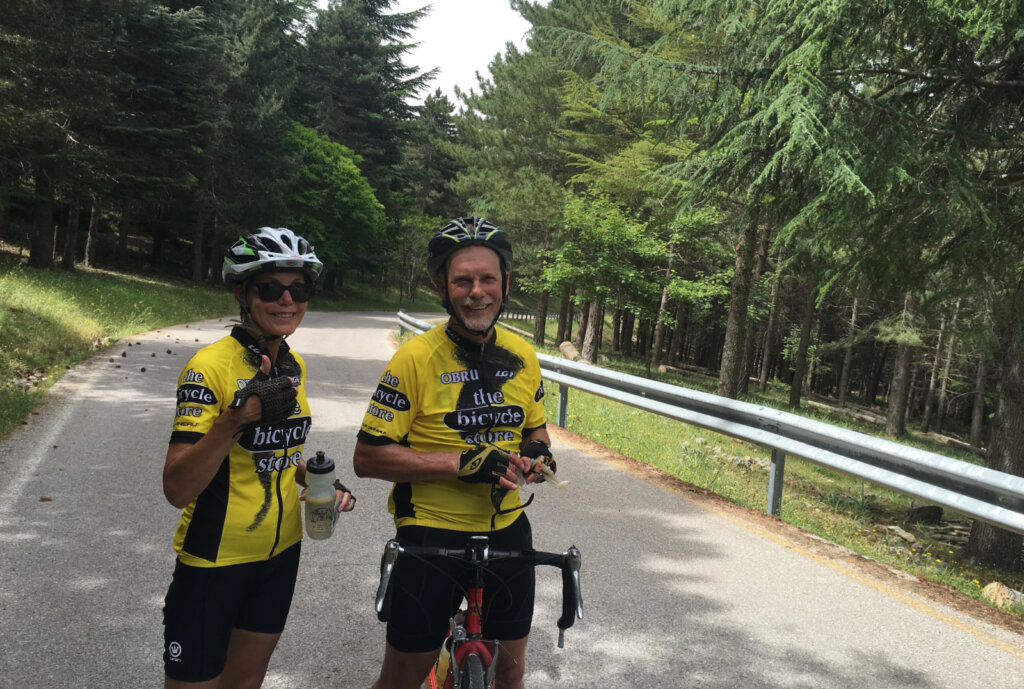
How much to drink on the bike
Obviously, hydration needs depend on weather conditions and riding intensity. Most riders will typically lose 500-1000 ml of fluid per hour. You should aim to rehydrate at least 75% of that amount.
When to drink on the bike
The key point to remember is not to wait until you’re thirsty but to drink little and often right from the start of your ride. Aim to take 2-3 good-sized gulps from your bottle every 10-15 minutes from the moment you set off.
Don’t forget your protein drink at the end of a long ride either. No matter how careful you’ve been with your hydration, especially on a hot day, you’re likely to be dehydrated. In addition to providing the protein needed to kickstart your recovery, the fluids and electrolytes in a recovery drink are essential.
What to drink on the bike
For rides of under 60 minutes, plain water is fine. However, for longer rides or in hot conditions, you’ll want to add electrolytes. Plain water can cause you to feel bloated and reduce your desire to drink before fluid losses have been replaced.
Electrolytes are salts that include sodium, potassium, calcium, and magnesium. They are lost in sweat, are essential for normal cellular function, and must be replaced. While drinking water is crucial, if you’re not also consuming adequate electrolytes, you can dilute and disrupt the balance of your body’s fluids.
Most commercially available cycling recovery drinks have the correct balance of electrolytes. If you don’t want to use drinks to take on calories, effervescent electrolyte tablets without any carbohydrates are also available.
For longer rides, it makes sense to combine hydration with calorie intake. Such a drink is called a sports drink (or isotonic drink). Small quantities of carbohydrates (up to 30 grams per hour) may improve performance in exercises lasting 30–75 minutes. It is recommended to consume up to 60 grams of carbohydrates per hour when training for 2–3 hours. 500 ml of a typical sports drink mixed at 6% will give you around 36 grams of carbohydrates.
What’s important is to experiment with different drinks during training to find a product that you tolerate well.
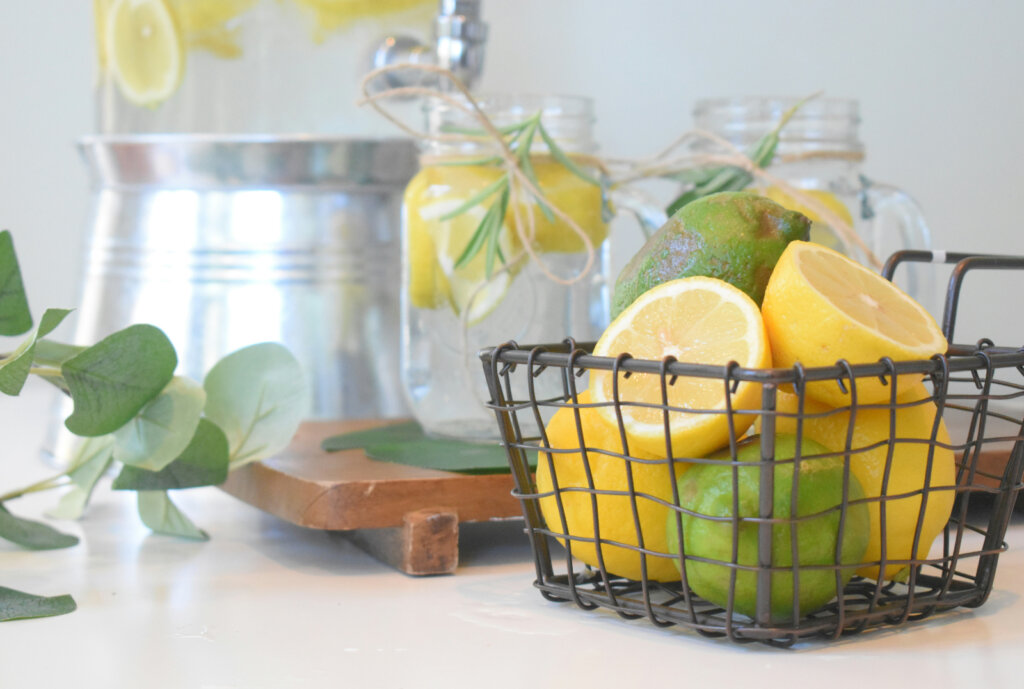
A homemade cycling recovery drink that will improve your performance
In the market, you’ll find plenty of great ready-to-use recovery drinks. Here, we are glad to share a simple and efficient recovery drink that you can easily prepare at home before your ride. You can use it instead of ready-made products to enjoy the natural ingredients and avoid processed ones.
Honey and lemon cycling recovery drink
Ingredients: 2-3 cups of water, 2-3 tbsp of honey, juice of half a lemon, and a pinch of salt.
Mix all ingredients together. You can add some strawberries: in this case, put all ingredients in the blender and blend them until smooth.
Some tips
Use high-quality mineral or filtered water.
The squeezed fruit quickly loses its nutritional value: try not to make a cycling recovery drink many hours before your activity.
If you use cold water, it will be difficult to dissolve the honey, so it is best to dissolve it in a small amount of heated water. Try not to exceed 40°C, as you will lose its benefits.
Enjoy a great and safe ride, whether you’re with Ride Your Life or not.

Biologist and Nutritionist
Experienced in Sport Nutrition
Discover your next adventure: explore our tours
Beyond the Climb. A Ride Your Life Dolomites Cycling Experience
Disconnect from the noise. Reconnect with yourself. Ride the mountains, and let the journey move you, inside and out.
Dolomites Training Camp
Whether you're new to cycling or a seasoned racer, our Ride Your Life Dolomites Training Camp in Italy's stunning Alta Badia and Val Gardena offers the perfect blend of expert training, cozy accommodations, and delicious local cuisine. Improve your technique and nutrition while enjoying massage facilities and the local culture. Elevate your cycling skills in…
Puglia Bike Tour
An easy bike trip in Puglia where sun, sea, great cousine and relaxation beautifully mix.
Piedmont Bike Trip
Piedmont bike trip through vineyards, small villages and the Langhe hills.
